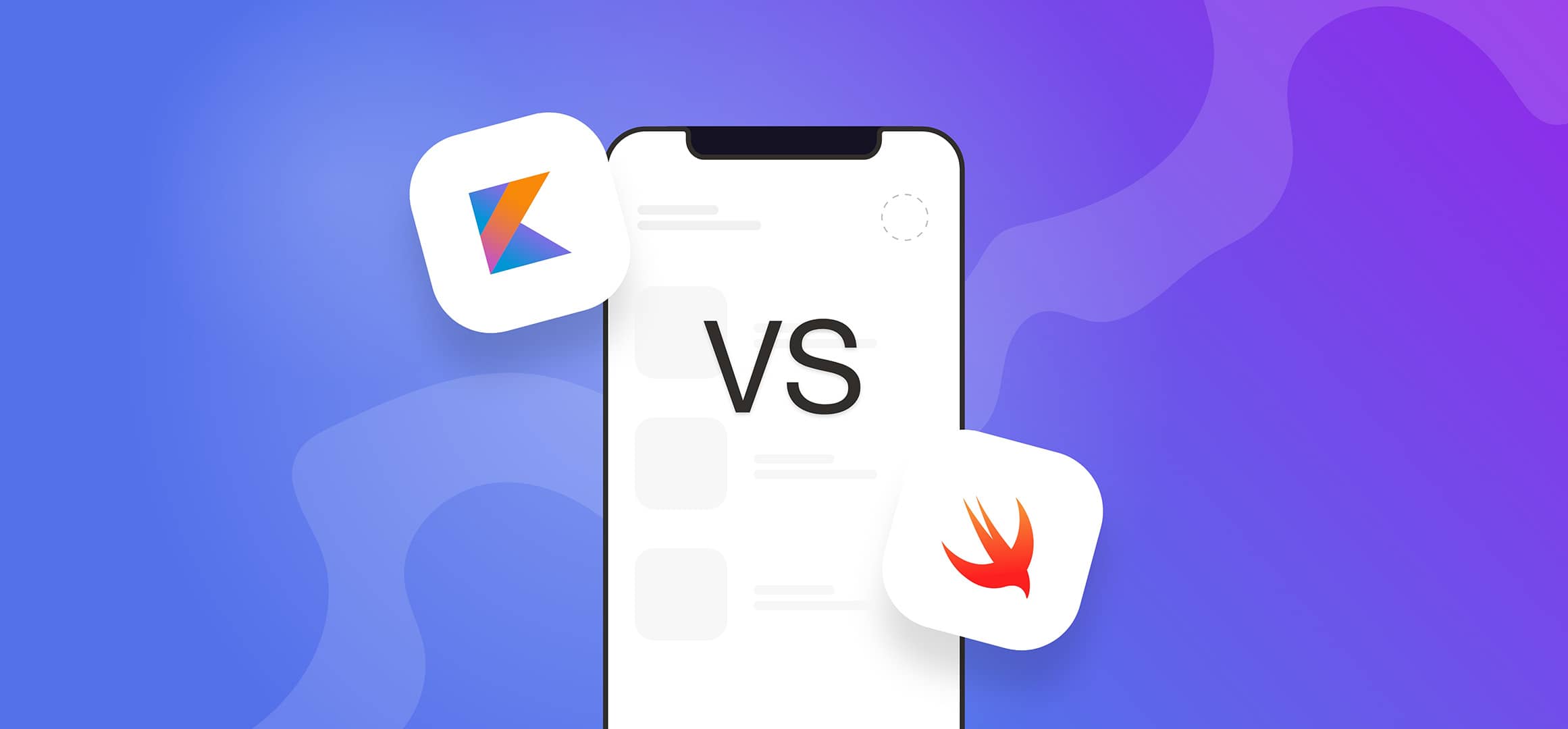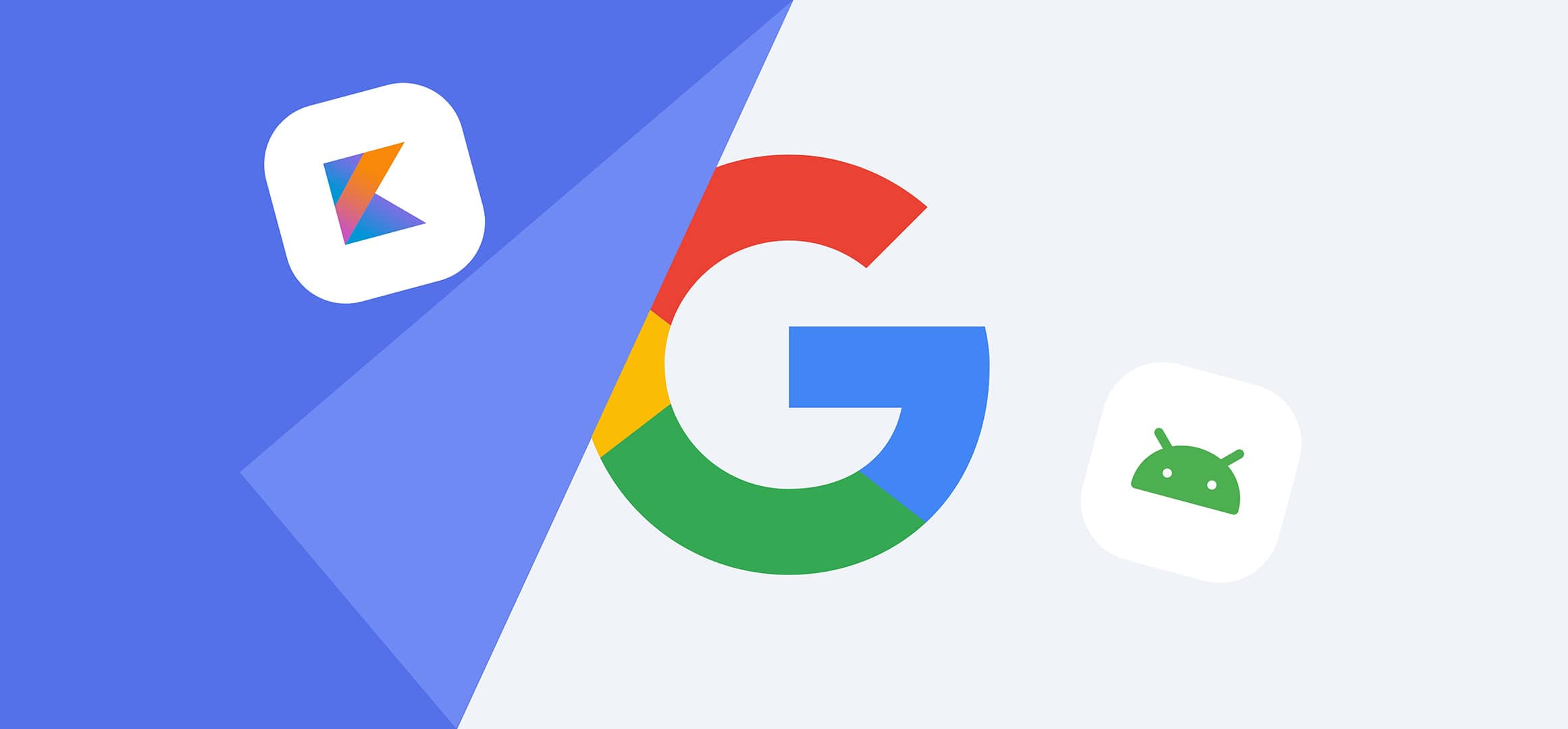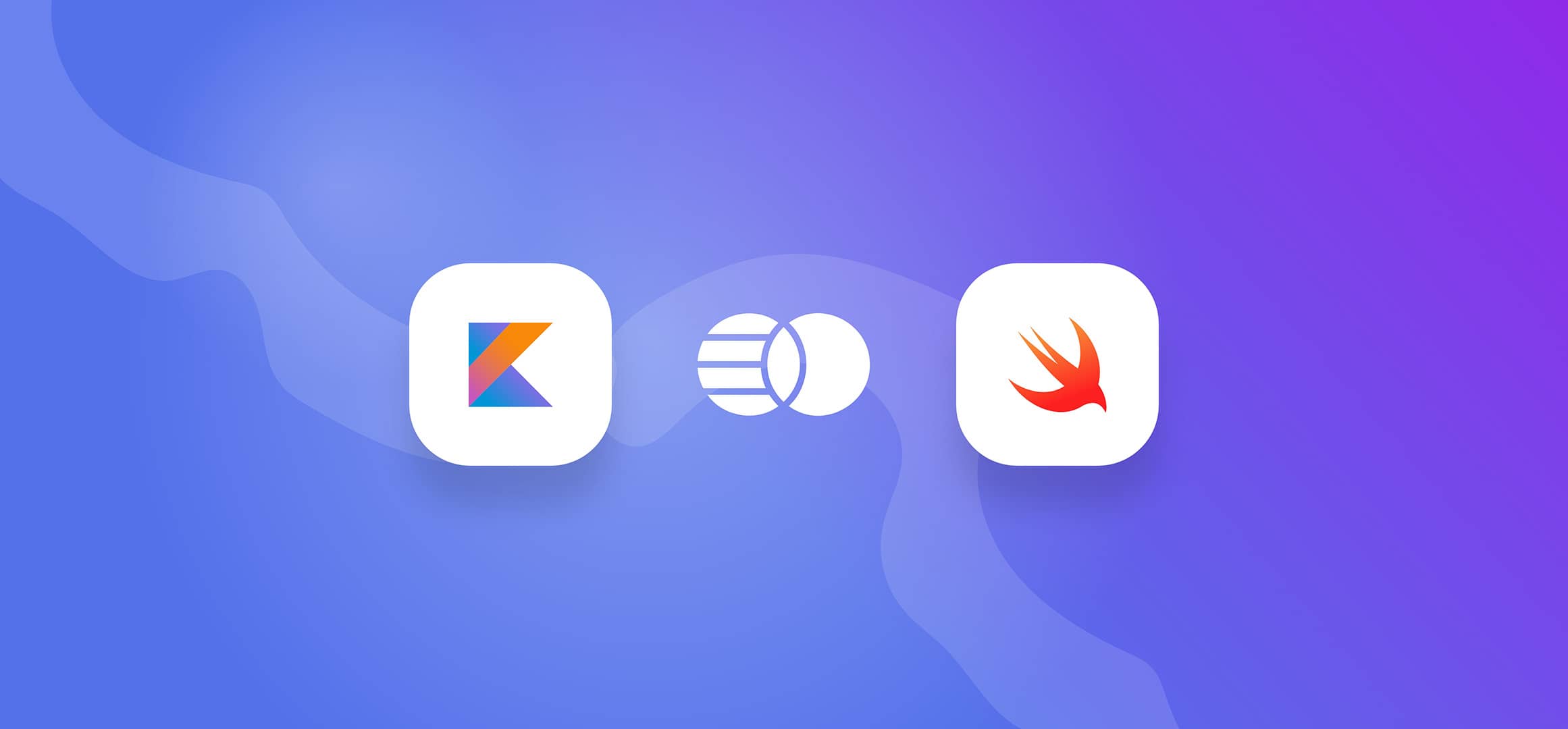Kotlin vs. Swift: How are they different?

At first glance, the difference between Kotlin and Swift seems straightforward: Kotlin is the preferred programming language for Android app development services and Swift is the preferred language for iOS application development services.
Kotlin vs. Swift is actually a more complex question with far more interesting answers. Both of these languages have taken the developer community by storm, but which one should you learn? Which one should you program your apps in first, even if eventually your apps will be available on both iOS and Android devices? Which is easier, Kotlin or Swift? How do the features differ between Kotlin and Swift? And what else should you know?
Kotlin and Swift both gained fast adoption due to their easy syntax and relative versatility. This appeal is what they have in common: they’re both modern languages that speed up development while bringing new techniques and features to the table
To answer all your questions about Kotlin vs. Swift code, and to dig deeper into their differences and similarities, keep reading.

What is Kotlin programming language?
Kotlin is the programming language that was created by Google in partnership with JetBrains. Kotlin was built specifically for development on the Android operating system and for Android app development.
At the time that Google announced the anticipated launch of Kotlin (in early 2016), Java was the general purpose language used for all Android operating system and Android app development. Android developers thought it was time for a change, however, with functions that were better equipped for a mobile-first world.
Google and JetBrains worked with Android developers over half a decade to create Kotlin to ensure that its benefits answered the exact pain points those developers faced.
Some of the top benefits of coding in Kotlin include:
- You don’t need semicolons to end each line of Kotlin code
- You can create variables without defining the variable type beforehand
- It’s fast and easy to check for null values (which crash Java apps often)
- Kotlin code requires less code in general than using Java
- Kotlin “plays nice” with Java code (that is, it’s interoperable, meaning you can use code from both languages in the same app)
What is Swift programming language?
Swift is the programming language released in 2014 by Apple. It replaced Apple’s original programming language, Objective-C code, which was the official language used for everything-Apple (including desktop and mobile iOS applications).
Objective-C was originally used to write code for operating systems in the 1980s—well before Mac OSX. Many other languages were used to create Mac OSX and iOS apps along with Objective-C through the early 2000s, because, frankly, there were lots of things that Objective-C couldn’t do.
When Swift came out, it was Apple’s functional programming answer to give developers a more modern language to work with. Swift remains interoperable with Objective-C, meaning developers slowly converted their apps to Swift over a few years after launch.
Some of the top benefits of coding with Swift include:
- Swift is estimated to be 2.6 times faster than Objective-C
- You can create variables without defining the variable type beforehand
- You don’t need semicolons to end each line of code
- Swift is also open source, and as of September 2020, you can use Swift to build applications not just for Mac OSX, but also for Linux and Windows
Kotlin vs. Swift: How are they different?
How do the Kotlin and Swift programming languages differ? Get to know the eight key differences of Kotlin vs. Swift below.
1. In terms of development:
Kotlin is used for Android and Swift is used for iOS (or Linux or Windows, in some cases). In other aspects of development, however, the two are similar, and equally popular as a result. Both languages tout ease of use, a great user experience for developers, and efficiency in coding.
2. Function implementation:
The modern programming approach of function implementation is somewhat similar on Kotlin and Swift, but the differences that are present are worth mentioning. Kotlin does not use the underscore (_) in the variable as a prefix, while Swift does. Furthermore, for prefixes, Kotlin uses the $ sign plus the name of the variable to return to the argument. Swift uses brackets and forward slashes instead.
3. The data class:
The data class difference between Swift and Kotlin is one of the biggest differences between the two programming languages. Data classes are used as a way to hold data, and classes are also what drive some standard functionalities and utility functions automatically. The Kotlin classes are present for Android developers, whereas in Swift there is not.
4. The default class:
The default data class in Kotlin vs. Swift is another difference worth noting, but this time the difference favors Swift. Swift allows extensions for additional functionality whereas Kotlin doesn’t allow adding or altering any part of default feature code.
5. Enums (aka enumerations):
Enums are symbolic names for a specific set of values used to protect data when writing code. Enums are treated as data types and used to create sets of constants that work with variables and properties. In other words, enums are downright useful in speeding up programming. Kotin doesn’t support the enum list, however, meaning developers sometimes face taking the “long way around” without those enum patterns. Swift does provide enums, which allows developers to quickly perform computation properties.
6. Structs:
In programming languages, ptructs represent (or reference) value to help developers group variables under one “list” or name. Structs don’t allow for inheritance, meaning that modifications only take place on the chosen variable of the items in a given group. Kotlin has no specific struct types, but Swift is one step ahead here: it allows developers to choose any struct they need for their projects.
7. Memory management:
Memory management differs in Kotlin vs. Swift, but understanding how is a matter of learning some new acronyms. Kotlin uses the Garbage Collection Approach (GCA), and Swift uses the Automatic References Counting (ARC), meaning that Swift has better memory management. The ARC technique is universally lauded as a more precise and efficient memory management technique when compared with GCA.
8. Annotations:
Annotations in programming languages are what developers use to add metadata to app code. Swift does not support annotations, whereas Kotlin supports a few different types of annotations that help with in-app development.
What do other developers say?
Because of the multiple different platforms in play today in mobile app development, today’s mobile developer learns to be increasingly dynamic between languages.
Fortunately, there are few differences when it comes to Kotlin vs. Swift languages, so developers can realistically learn both.
A mobile developer will almost always have to consider iOS app as well as Android apps in order for the product to be relevant for the whole market. Kotlin Android developers might start a build in Android studio, maybe to take advantage of the way the app will hold data if written in Kotlin, using delegated classes.
Swift developers, on the other hand, might use the Swift compiler to favor mobile app development with predefined methods that suit the app’s functional requirements.
Mobile app development and the developers who define it every day is driven more by the app’s requirements than anything else.
Should I learn Swift or Kotlin first?
So, is Kotlin or Swift code better? Both Swift and Kotlin are modern programming languages created specifically for the mobile-first user economy, easing app development across devices. Kotlin was designed for Android, and Swift was released by Apple for iOS and Mac OSX. Both Kotlin and Swift can be used cross-operationally in a pinch, though, as a general purpose programming language.
The final decision on Kotlin vs. Swift comes down to the type of platform you develop for most. Even if the apps you build will ultimately be available on Android and iOS, whichever platform will be used most or developed first will indicate which language to learn. If you learn Swift code, you’ll have your foot in the door for all Apple devices, both desktop and mobile apps. If you learn Kotlin, you’ll be an all-star on Android apps.
The more likely question in today’s market environment and in the world of mobile apps is, which should you learn first? Learning both Kotlin and Swift will be the eventual answer for most iOS development services. The modern programming approach requires the benefits of Kotlin code and the low learning curve of Swift. It requires the concise syntax and overall less language offered by both. It requires easy error handling that was previously a chore in other languages.
Once you see the need to learn both Swift and Kotlin languages, prepare yourself for some good news. It turns out that, to compare Kotlin vs. Swift, it’s just as much about their similarities as it is their differences.

How are Kotlin and Swift similar?
Swift and Kotlin have similarities, too. In fact, it’s their similarities that have driven both to such quick adoption by so many developers.
Whichever language you learn first, these are the similarities that will carry over when you learn the other.
- Both languages have a concept of “mutability” and “immutability.” Mutable properties are those that can be changed or re-assigned, and immutable properties are locked in.
- Both languages provide multiple data structures, including arrays, linked lists, dictionaries, maps, classes, and interfaces.
- Both languages are considered “safe” in that their values can never be null (or “nil”) by accident. In either language, a special type of variable is required to insert a null value into a specific point in the application cycle. Unexpected errors are rare in Swift and Kotlin languages as a result, and error handling for the bugs that do occur is far easier.
- Both languages are jammed full of modern programming tools that make coding faster. These integrated tools are all built on functional paradigms.
Kotlin and Swift are two programming languages that have as many similarities as they do differences. This full Kotlin vs. Swift comparison takes a look at what the differences mean for app code development, and ultimately which language you should learn. Remember: they both have a low learning curve, so learning two languages is not only better, it’s doable.
Neither of these languages operate in a vacuum. Both can be used on other operating systems and can be used for mobile and desktop apps.
Pick the right language to start with today, then plan on learning the other in short time. Both Kotlin and Swift are the languages to learn for the mobile-first world of today’s app development.
Interested in our app development services? Tell us about your project!
- Schedule a call
- We do a discovery and consultation meeting
- We prepare a proposal







